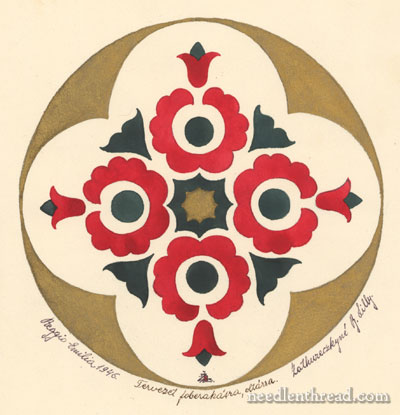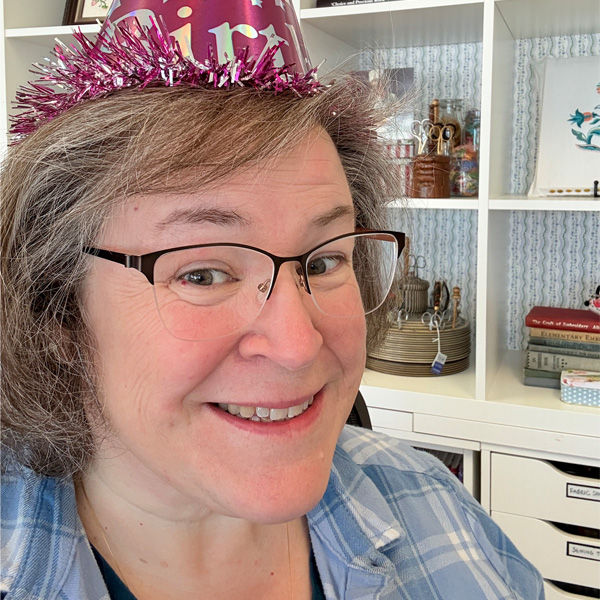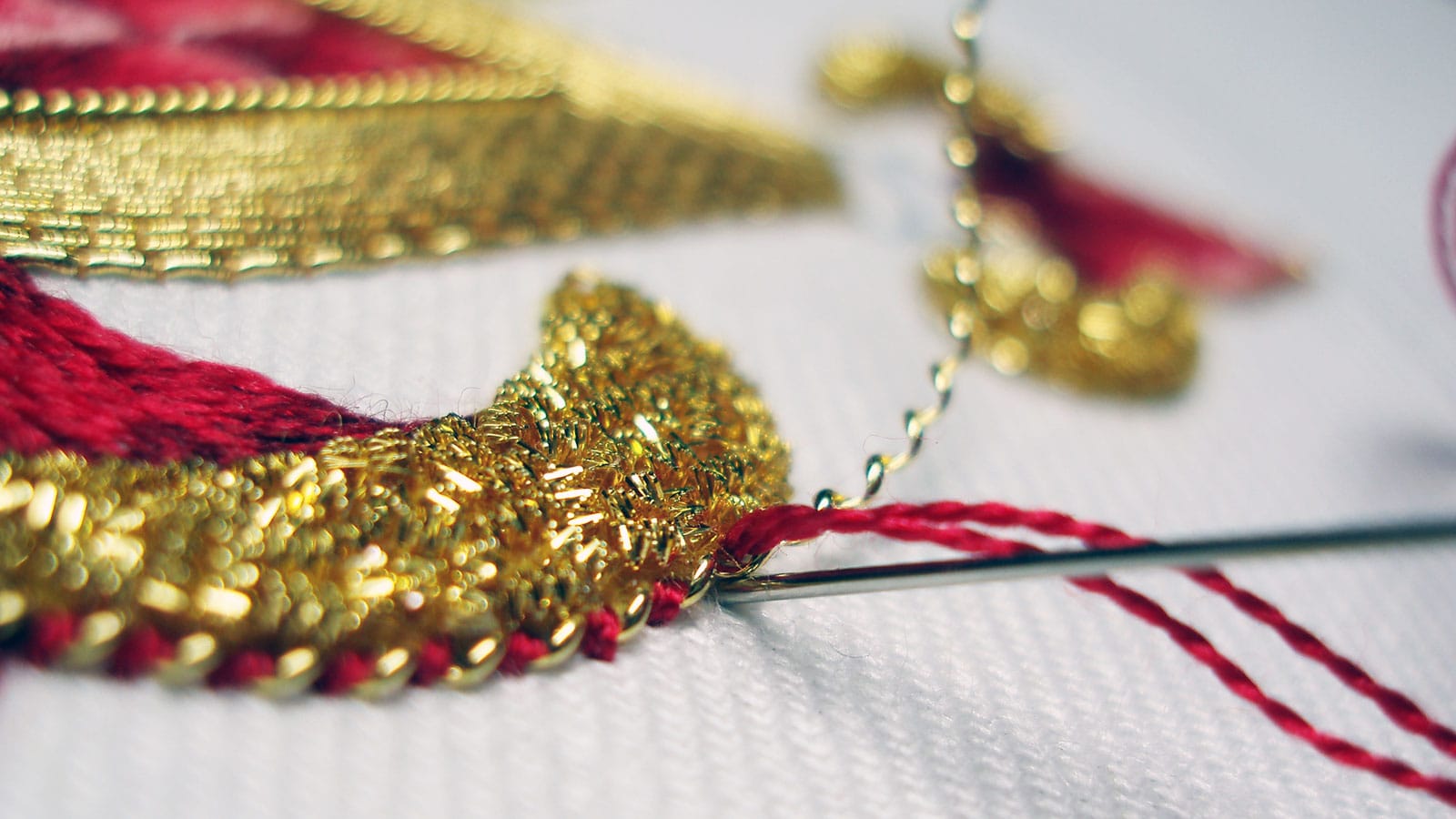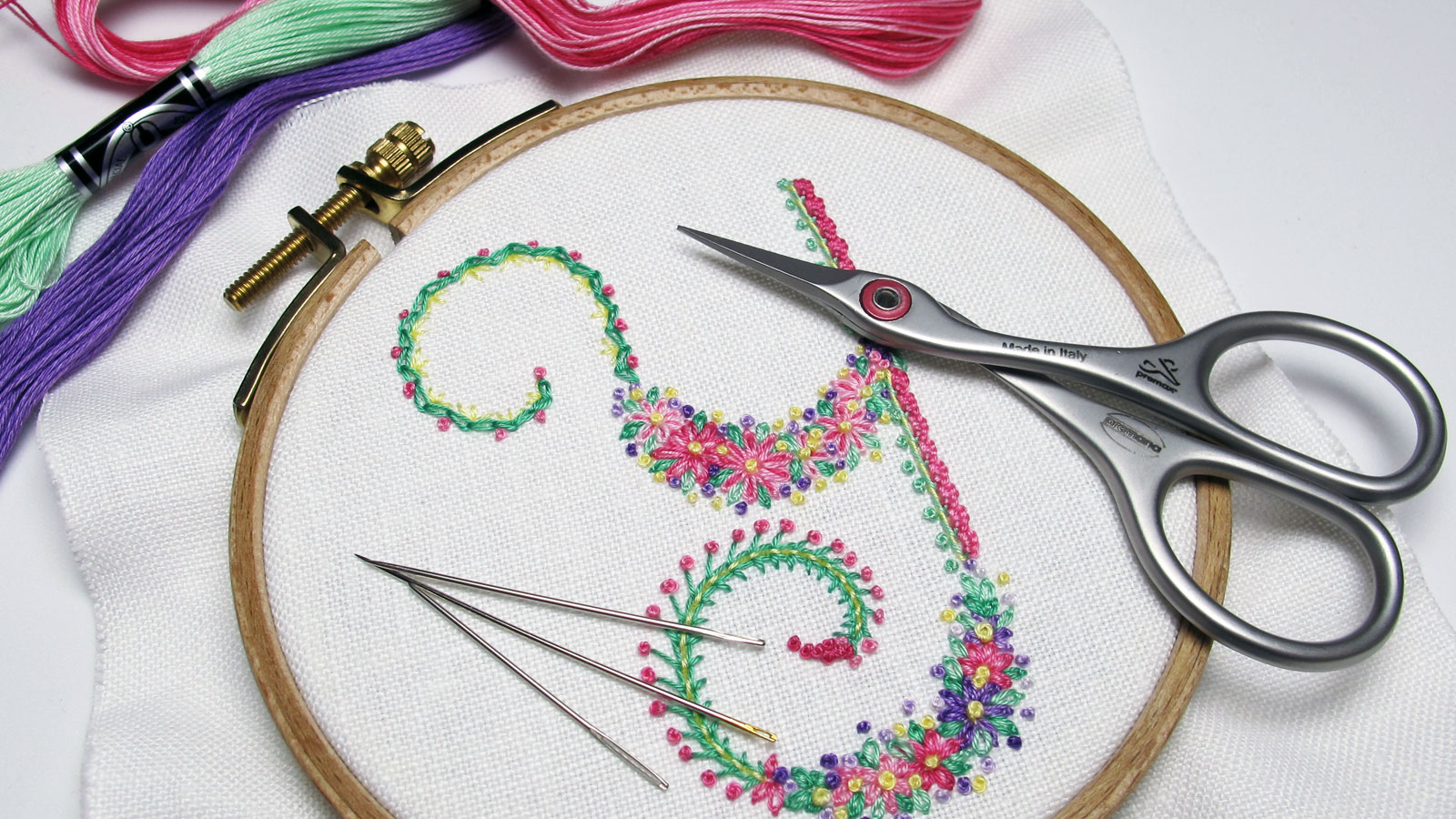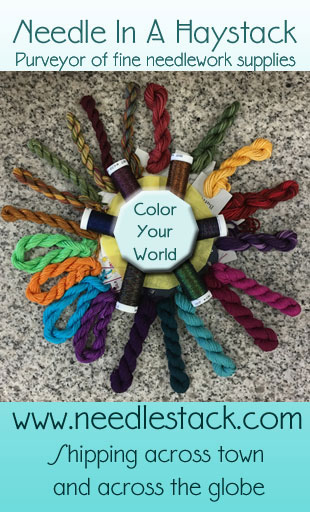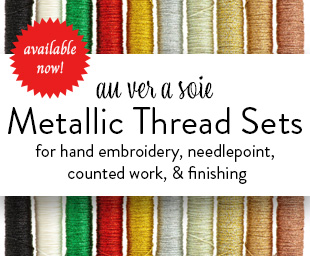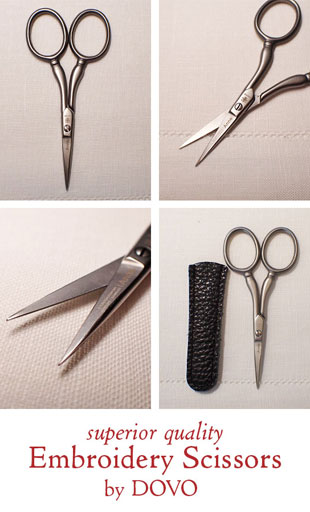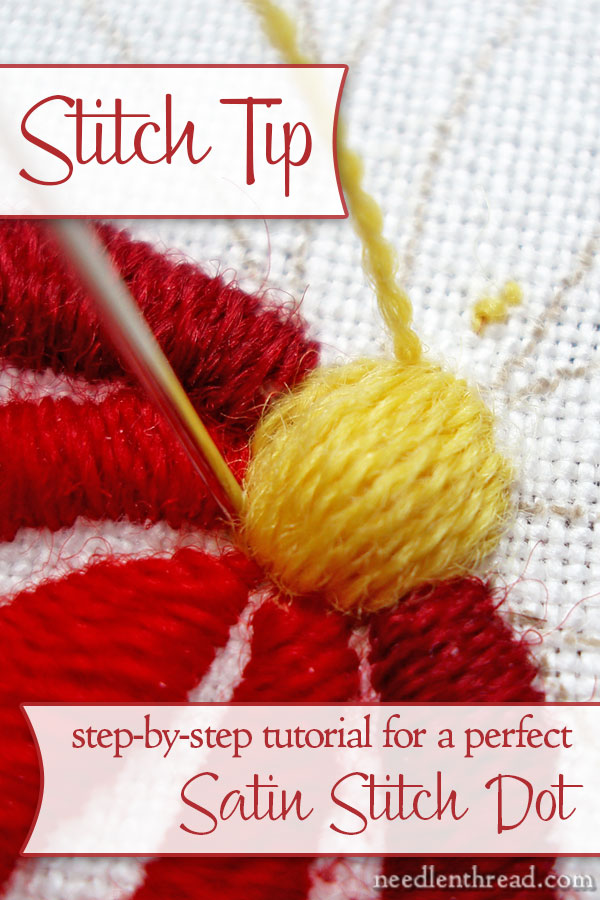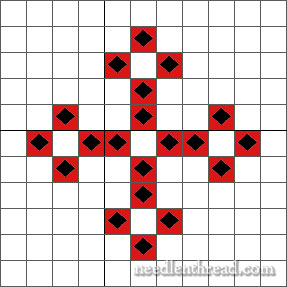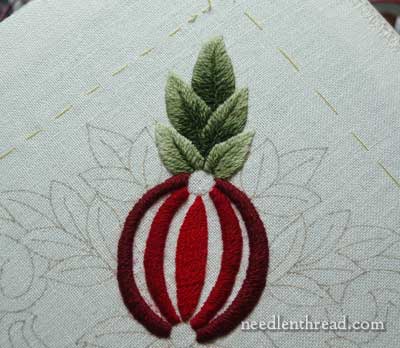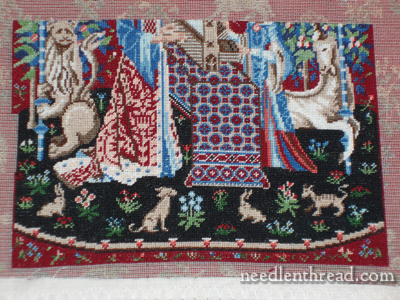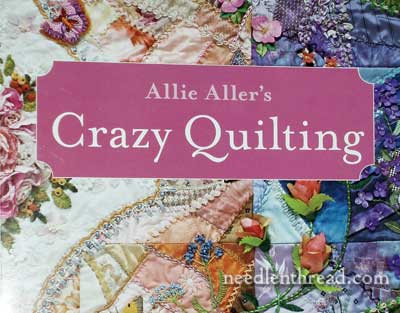Yesterday, we looked at how to embroider a satin stitched dot, which is not as easy a task as it sounds, but once the general layout of the stitches in the top layer of satin stitch is understood, it sure makes it a lot easier to achieve a nice looking satin stitched dot.
One thing I failed to mention in that tutorial – being too caught up in the finished satin stitched top, rather than what was going on underneath – is that the padding of the dot is not actually “satin stitched.” Thanks to Carol-Anne of Threads Across the Web, who followed up the original post with a very informative comment about padding in Japanese embroidery, I decided I better complete the dot tutorial by clarifying the method of padding the dot.
And so, today, in a somewhat reversed order, I’ll show you how I do the padding for a satin stitch dot, and really for any area of satin stitch where I don’t want a layer of padding as thick as the padding on the front of the work, on the back of the work. Make sense? Let me show you!
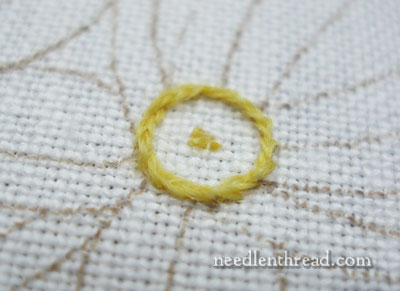 Continue reading “Satin Stitch Padding – Follow Up Tip!”
Continue reading “Satin Stitch Padding – Follow Up Tip!”
